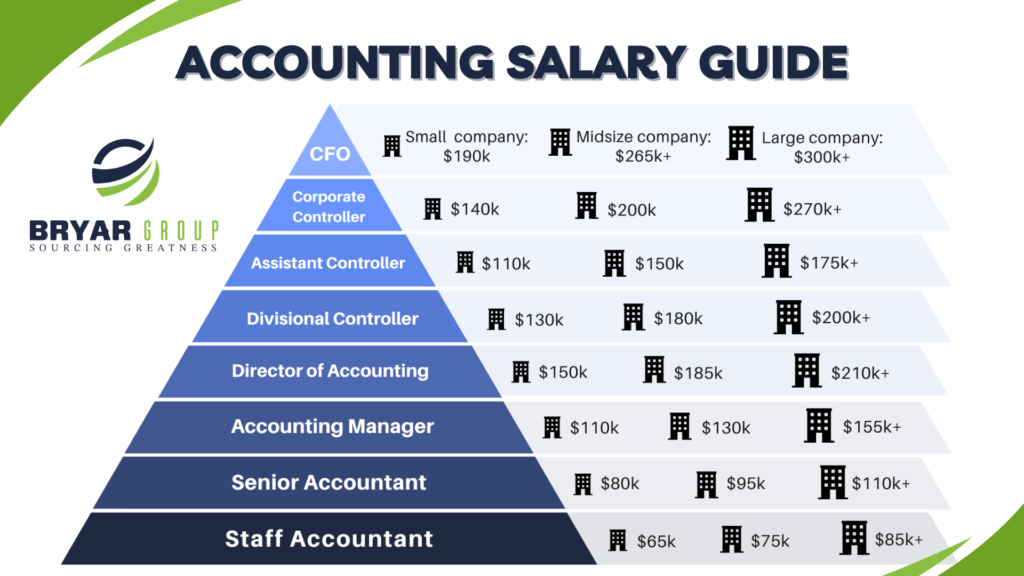A salary guide can be an important tool for any company looking to hire new employees. It helps to establish a baseline for what a company is willing to pay for different positions and can serve as a good starting point for negotiations with potential candidates. A salary guide can also serve as a foundation for internal discussions around salary increases.
First and foremost, it’s important to understand that a salary guide is not set in stone. It is a guide, not a rule, and should be used as a starting point for negotiations rather than a hard and fast rule. There are a few key considerations that go into creating a compensation package that can help ensure that it is fair and effective.
1. Market rates : One of the primary factors that should be considered when creating a salary guide is the going rate for the positions in question. This can be determined through research, such as looking at salary surveys and industry data, or by consulting with HR professionals or industry experts. It’s important to consider the specific market in which the company operates, as well as the experience and skills required for the positions being filled.
2. Company budget : Another key consideration is the company’s overall budget for salaries. This will vary depending on the size and financial health of the company, as well as the specific needs and priorities of the organization. It’s important to strike a balance between being competitive in the job market and staying within the company’s budget constraints.
3. Internal equity : In addition to external market rates, it’s also important to consider the salaries of current employees within the company. Ensuring that the salaries of new hires are in line with those of existing employees can help to foster a sense of fairness and equity within the organization.
Once you have created a salary range, there are a few best practices for using it effectively:
1. Be transparent : It’s important to be upfront with potential candidates about the salary range being offered. Being transparent about the salary guide can help to avoid misunderstandings and build trust with candidates.
2. Leave room for negotiation : As mentioned earlier, a salary guide is a starting point rather than a hard and fast rule. It’s important to leave room for negotiation and be open to discussing salary with potential candidates.
3. Consider other factors : In addition to salary, there are other factors that can be used to attract and retain top talent. These may include things like benefits, flexible work arrangements, and professional development opportunities.
In summary, a salary guide can be an important tool for any company looking to hire new employees. By considering market rates, company budget, and internal equity, and using the guide transparently and with room for negotiation, a company can attract and retain top talent while staying within budget constraints.
For your reference, here are the infographics for the salary guides based on the Chicagoland market:
